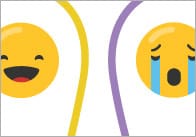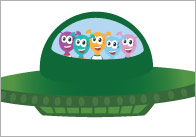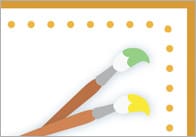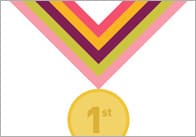Encouraging Wonderful Questions
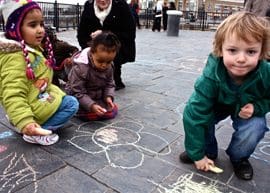
One of the most important areas of focus at any early years inspection is the quality of teaching and how this impacts on children’s learning. Inspectors will expect to see all practitioners skilfully questioning children in order to develop thinking and learning, in whatever area of the curriculum.
Most early years settings rightly focus their planning around the seven areas of learning and development, with a particular focus on the three prime areas. But we must not forget about the importance of also promoting the Characteristics of Effective Learning. Children’s ability to play and explore, to actively learn and to create and think critically should move through all the areas of learning and be a focus for planning. Practitioners should reflect on their practice and really think about how their interaction with children is helping children to develop these characteristics.
One of the things practitioners can do to promote children’s thinking and learning is to model being a thinker. By injecting your own sense of curiosity or by showing that you are puzzled by something will spark the same sense of curiosity and interest in the children. A great way to do this is to have a bank of ‘wonderful’ open questions up your sleeve!
Here are some examples that you can apply to suit any number of different situations:
– I wonder how we could make ……………….?
– I wonder what will happen if …………..?
– I wonder why that hasn’t worked?
– I wonder what else we could do?
– I wonder what we will need to take when we go to ……………?
These type of questions model to children the creative process of thinking and encourage the sharing of ideas, while also suggesting that there are a number of ways of doing things and finding solutions. In order to support this process the practitioner must allow children plenty of time to talk and think without rushing them towards a solution.
Creative and design activities is one area where skillful questioning is particularly important. During art activities, make sure you involve the children in the plan-do-review process so that they can think of and express their own ideas, work out what resources they need and encourage them to reflect on what they have achieved afterwards. There is little learning value in children replicating an adult-designed card or model: these do not allow them to think about and develop their own ideas, they do not allow them to select or experiment with materials of their own choosing and they certainly do not reflect The Unique Child!
So, to get children thinking and learning, let’s get them wondering!
EYFS Links
Characteristics of Effective Learning: Creating and thinking critically
Hilary is an independent early years consultant and freelance early years inspector. She has extensive experience as a practitioner, advisor and as an Ofsted inspector. She offers consultancy advice and support to the whole range of early years settings, including childminders, pre-schools and day nurseries. Hilary can be contacted at www.earlyyearssuccess.co.uk
Popular Teaching Resources
Stay Up To Date
Sign up for our newsletter and we’ll let you know when we create new early years resources.

